Best Seasons for Foundation Repairs
Determining the optimal time for foundation repairs depends on various factors including weather conditions, soil stability, and construction schedules. Typically, the most suitable periods are during mild weather when ground conditions are stable, avoiding extreme cold or heat that can affect repair processes.
Spring offers moderate temperatures and stable ground conditions, making it ideal for foundation repairs. It allows for easier excavation and curing of repair materials.
Summer may be suitable in cooler regions, but high temperatures can affect curing times and material stability. Adequate hydration and shade are necessary.
Fall provides cooler temperatures and less rainfall, which can contribute to better repair conditions before winter.
Winter is generally less ideal due to freezing temperatures, frozen ground, and potential for snow, which can hinder repair work and material curing.
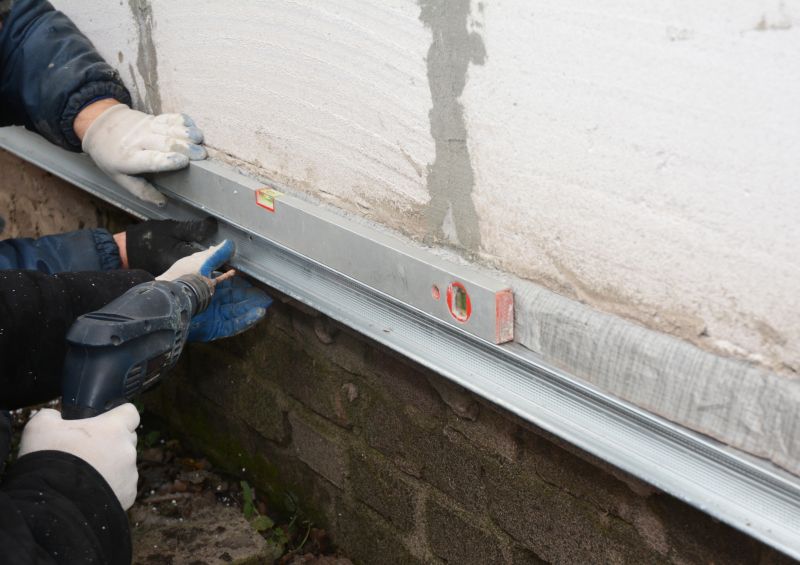
A typical repair involves excavation, stabilization, and reinforcement to prevent further damage.
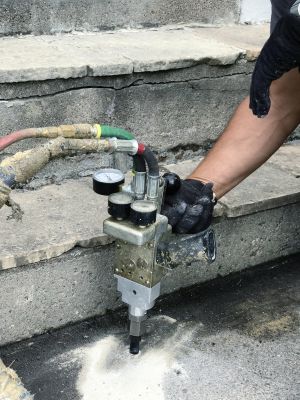
Methods include underpinning, mudjacking, and wall stabilization to address soil movement.
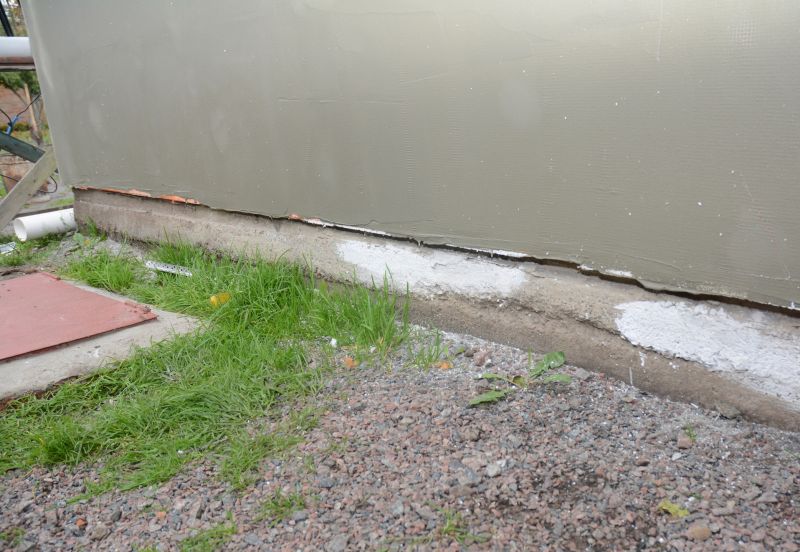
Cracks, uneven floors, and sticking doors are common indicators requiring timely repairs.
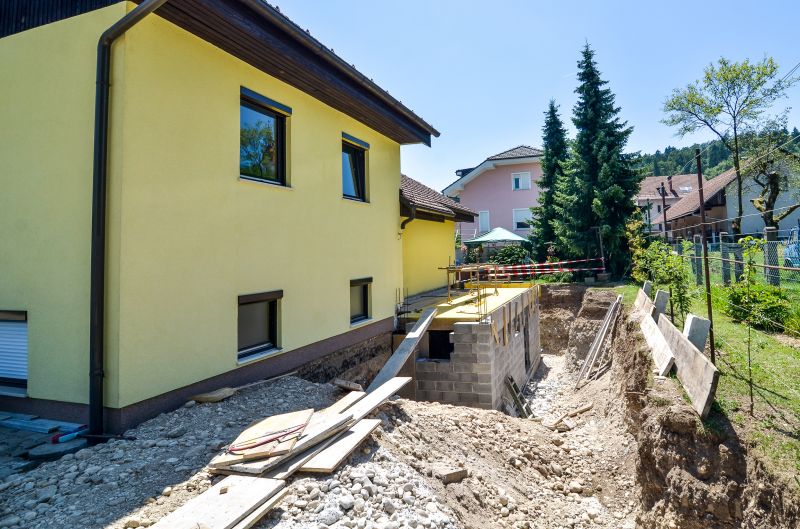
Ways to make Foundation Repairs work in tight or awkward layouts.

Popular materials for Foundation Repairs and why they hold up over time.
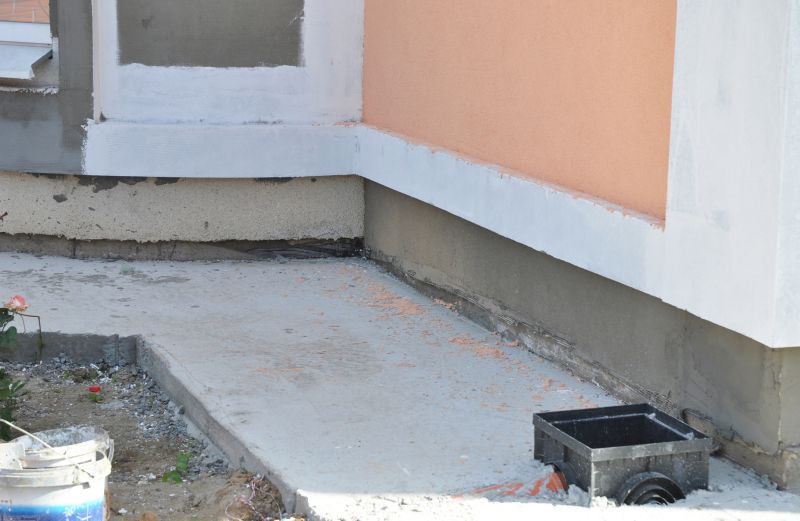
Simple add-ons that improve Foundation Repairs without blowing the budget.
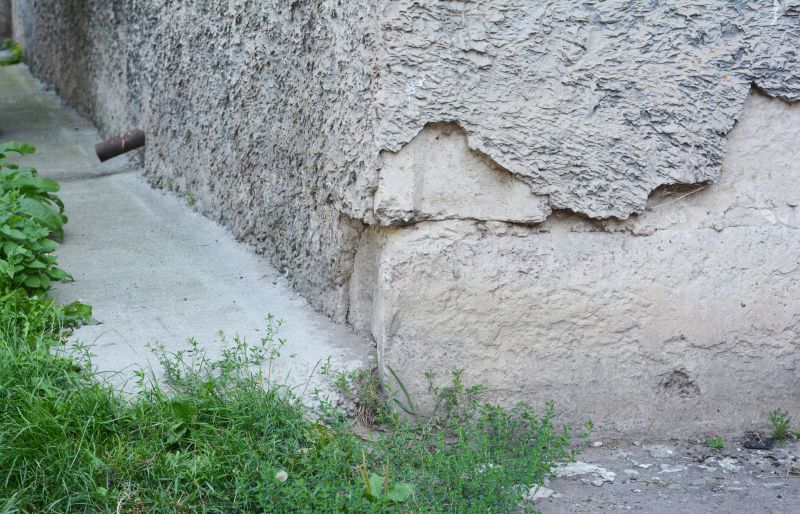
High-end options that actually feel worth it for Foundation Repairs.

Finishes and colors that play nicely with Foundation Repairs.
| Season | Optimal Conditions |
|---|---|
| Spring | Moderate temperatures, stable soil |
| Summer | Requires shade, adequate hydration |
| Fall | Cooler weather, less rain |
| Winter | Freezing temperatures, not ideal |
| General soil factor | Moisture content influences timing |
Foundation repairs are essential for maintaining structural integrity and preventing further damage. Addressing issues promptly can avoid costly repairs later. The repair process often involves excavation, soil stabilization, and reinforcement techniques to restore stability and prevent shifting or settling.
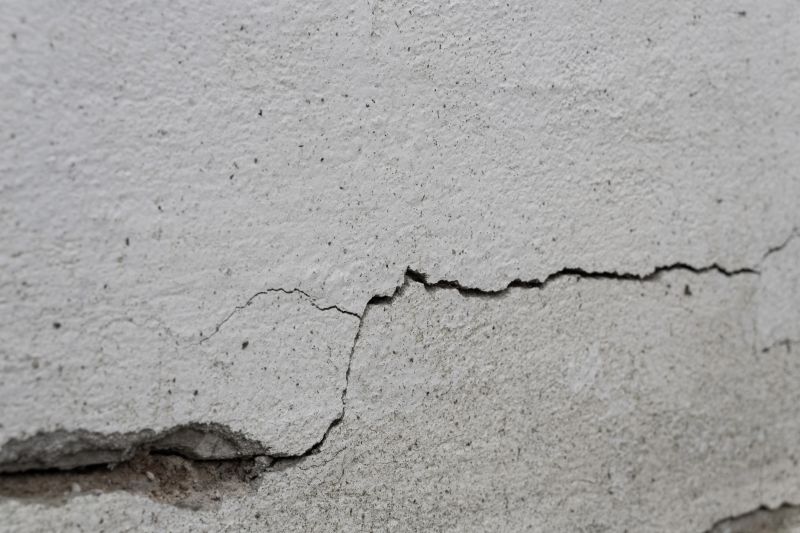
Sealing cracks prevents water intrusion and further deterioration.
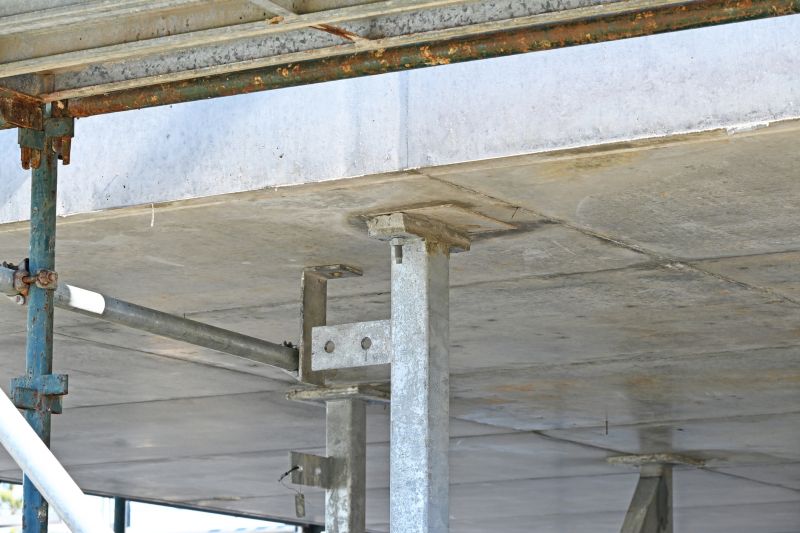
Supports are added to reinforce the foundation and prevent settling.
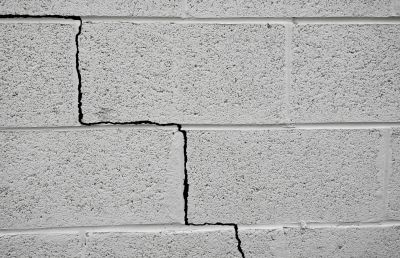
Walls are stabilized to prevent bowing and cracking.

Tools and machinery used to improve soil stability during repairs.
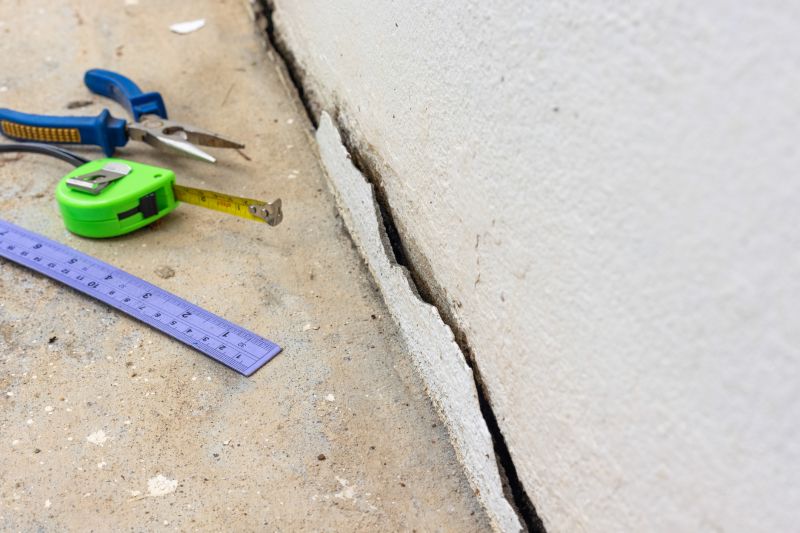
Little measurements that prevent headaches on Foundation Repairs day.
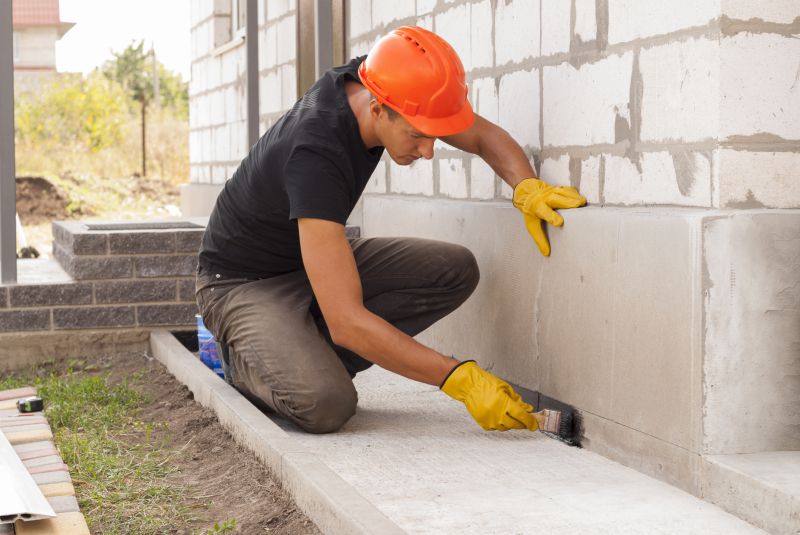
A 60-second routine that keeps Foundation Repairs looking new.
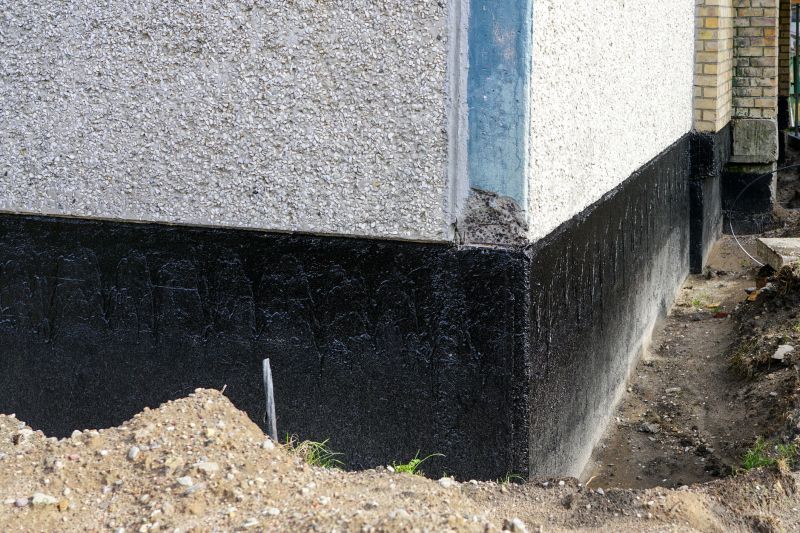
A frequent mistake in Foundation Repairs and how to dodge it.
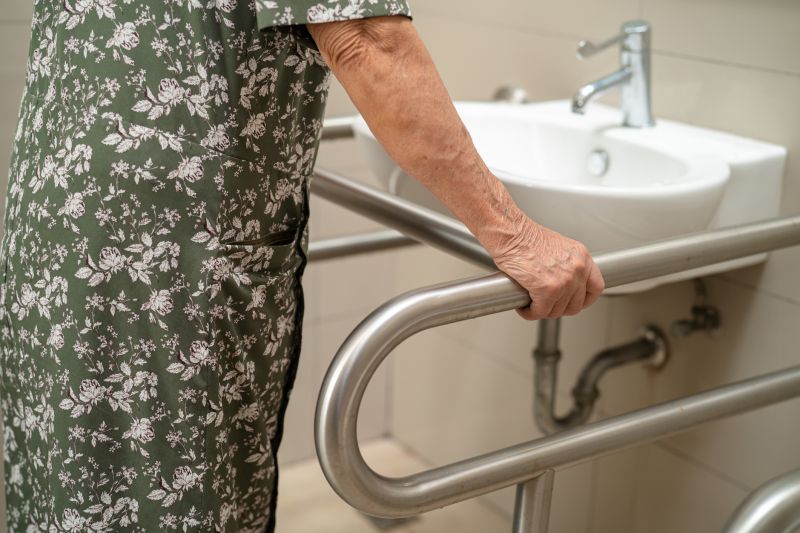
Small tweaks to make Foundation Repairs safer and easier to use.
Timely foundation repairs can help preserve the value of a property and ensure safety. Proper assessment and planning are crucial to determine the most appropriate timing and methods for repairs. Consulting with foundation specialists can provide insights tailored to specific soil and climate conditions.
Interested property owners in Manchester, TN, are encouraged to contact professionals for an evaluation. Proper timing and quality repairs can significantly extend the lifespan of a foundation, maintaining structural integrity over time.





